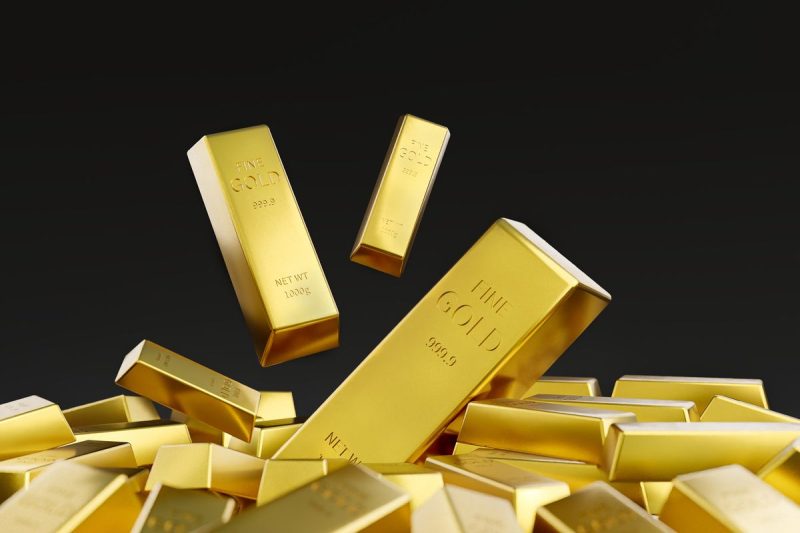
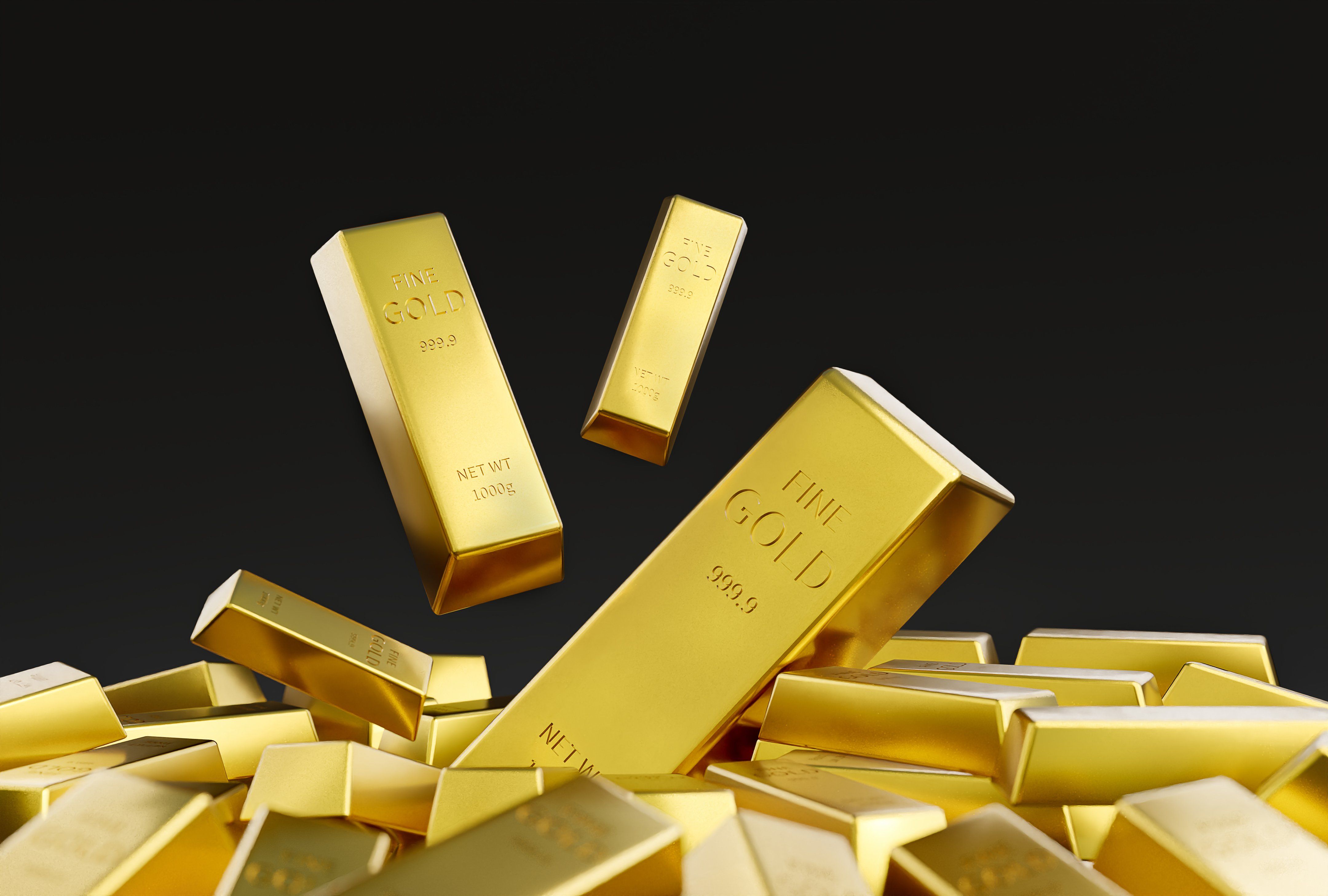
The gold price rose to repeated record highs in 2025, gaining more than 57 percent in value from the start of the year.
The increase was fueled by several factors, including safe-haven demand led by economic uncertainty as US tariffs, interest rate cuts from the US Federal Reserve as well as the longest government shutdown in United States history.
The gold bull market has been a boon for gold producers following several years of increasing costs and smaller margins, and has also lifted gold exploration and development companies.
1. Orvana Minerals (TSX:ORV)
Year-to-date gain: 795.65 percent
Market cap: C$247.29 million
Share price: C$2.06
Orvana Minerals is a gold producer with multiple mines, including the Orovalle operation in Northern Spain, which hosts the El Valle Boinás and Carlés mines, as well as the Don Mario operation in Bolivia. Don Mario is on care and maintenance, but Orvana is advancing a plant expansion to process oxide stockpiles at the site. It is also working the Taguas property in Argentina.
After starting the year at C$0.24, Orvana’s stock value had more than doubled by April 11 to C$0.51. In February, the company released its fiscal Q1 financials, including updates for its properties. Highlights included the start of construction on its Don Mario plant expansion, which it expected to complete by the end of 2025, and work on updating the geological model for the Taguas property.
After trading in a narrow range for much of the next two quarters, shares of Orvana climbed more than 200 percent in Q4, reaching a year-to-date high of C$2.06 on November 26.
This followed a series of positive news flow beginning with the company’s October 16 release of its fiscal year Q4 2025 report, which sent its stock price up to C$1.42 per share.
The report included gold production of 35,705 gold equivalent ounces and exploration results from the brownfield program at its Orovalle operation’s El Valle Boinás mine. The company also ramped up production at the operation’s Carlés mine during the quarter.
Orvana’s November 6 news concerned a US$25 million secured prepayment facility and a copper offtake agreement with Trafigura for production from Don Mario. Shares shot to US$1.80 by November 12.
Orvana’s year-to-date high came after its news release on November 26 announcing that it expects to start field work at Taguas in January 2026 and the phased restart at Don Mario will reach full commercial production by April 2026, with its gold-silver circuit commencing in mid-December 2025.
2. Andean Precious Metals (TSX:APM)
Year-to-date gain: 566.09 percent
Market cap: C$1.05 billion
Share price: C$7.66
Gold producer Andean Precious Metals owns the San Bartolome processing facility in Potosí, Bolivia, and the Golden Queen mine in Kern County, California, US.
Shares in Andean grew by 34 percent in the first quarter to end the period at C$1.61. In March, the company shared its 2024 production and financial results, which included record revenues and adjusted EBITDA for the year at US$254 million and US$62.9 million, respectively, as well as consolidated gold equivalent production of 106,287 ounces.
Andean also secured purchase agreements for up to 100,000 dry metric tons of oxide material from the Trapiche mining concession in Bolivia as feedstock for San Bartolome.
In the second quarter, Andean’s stock jumped 78 percent to C$2.87 per share. This came as the company reported another record quarter on May 6 with Q1 revenues at US$62 million and adjusted EBITDA of US$22 million. On June 2, Andean made another offtake deal, this time for up to 7 million metric tons of oxide ore over a 10 year period from COMIBOL, a Bolivian state-owned mining company.
Andean’s biggest growth came in the third quarter when its share price gained 189 percent to C$8.30 per share. In mid-July, the company said it was on track to reach its 2025 production targets, and the following month it announced Q2 financials, with further record revenues of US$73.7 million.
Shares of Andean Precious Metals reached a year-to-date high of C$8.83 on October 1.
Its Q3 financials on November 11 continued the upward trend with record revenues of US$90.4 million and a record adjusted EBITDA of US$36 million.
3. Troilus Gold (TSX:TLG)
Year-to-date gain: 377.97 percent
Market cap: C$715.4 million
Share price: C$1.41
Troilus Gold is advancing its Troilus copper-gold project in Northern Québec, Canada. The project is situated within the region covered by Plan Nord, a 25 year, C$80 billion development initiative focused on mining launched by the Québec government.
A May 2024 feasibility study for Troilus reveals a post-tax net present value of US$884.5 million, an internal rate of return of 14 percent and a payback period of 5.7 years based on a gold price of US$1,975 per ounce.
The included mineral resource estimate reports a probable mineral reserve of 6.02 million ounces of gold from 380 million metric tons of ore at an average grade of 0.49 grams per metric ton (g/t) gold. Troilus also hosts probable copper and silver reserves of 484 million pounds and 12.15 million ounces, respectively.
Troilus has spent much of 2025 raising funds for the project’s development.
The most significant came on March 13, when the company executed a mandate letter for a non-binding term sheet to arrange a debt financing package of up to US$700 million. The package is underpinned by four letters of intent from global export credit agencies in late 2024 for up to US$1.3 billion in combined potential financing.
On June 18, the company entered into an offtake agreement for gold-copper concentrate with German smelting company Aurubis (OTC Pink:AIAGF,XETRA:NDA), and the two companies signed a memorandum of agreement on August 26, establishing terms for the long-term offtake deal. On July 10, Troilus entered into another commercial offtake agreement for copper and gold concentrates, this time with global metals company Boliden.
According to Troilus, these offtake agreements will be executed in connection with the previously announced US$700 million in debt financing, which it later upsized to US$1 billion in November.
Shares of Troilus grew by more than 91 percent in the third quarter, and its gains continued into Q4, reaching a year-to-date high of C$1.66 on October 15. That day, the company shared a progress report, stating it was on schedule for a construction decision in 2026.
At the Xplor 2025 conference in late October, Troilus was awarded Entrepreneur of the Year by the Québec Mineral Exploration Association for its progress at the project.
4. Euro Sun Mining (TSX:ESM)
Year-to-date gain: 366.67 percent
Market cap: C$86.7 million
Share price: C$0.21
Euro Sun Mining is a development-stage company advancing its Rovina Valley copper-gold project in Romania. The project’s mining license received full approval for 20 years in 2018, with the option to renew it in five year increments.
An updated feasibility study from March 2022 shows a post-tax net present value of US$512 million and an internal rate of return of 20.5 percent, assuming a base case gold price of US$1,675 and a copper price of US$3.75 per pound.
In November 2025, Euro Sun released an updated definitive feasibility study that improved the economics, now showing a post-tax net present value of US$1.47 billion, with a pre-tax internal rate of return of 35.6 percent, based on a US$4.50 per pound copper price and US$3,300 per ounce gold price.
Proven and probable mineral reserve estimates for the site include 1.84 million ounces of gold and 197,522 metric tons of copper from 123.3 million metric tons of ore with an average grade of 0.47 g/t gold and 0.16 percent copper.
Shares of Euro Sun jumped nearly 125 percent in the first quarter of the year to C$0.09 per share, around the same time as a March 25 announcement that the EU had included Rovina Valley on its first list of strategic assets. The inclusion, which Euro Sun applied for in May 2024, will enable the company to expedite permitting at Rovina Valley and shorten the development timeline.
On May 7, Euro Sun reported it met with Romania’s environment minister to discuss the advancement of the project. Both parties agreed that a single point of contact was needed to ensure compliance and fulfill requirements under the CRMA framework. The company plans to submit an updated environmental act in the near future.
On June 20, Euro Sun signed a copper concentrate prepayment facility for up to US$200 million with private metals trader Trafigura, with the funding going toward permitting and investment to advance Rovina over the next 18 months. Euro Sun’s stock climbed another 55 percent in the second quarter to C$0.14 per share.
Then, on July 11, the companies entered into a definitive pre-development facility agreement, with Trafigura making a facility of up to US$2.5 million available to Euro Sun for general corporate purposes while negotiating the terms of the US$200 million prepayment facility. Euro Sun and Trafigura also agreed to a binding offtake agreement for up to 100 percent of commercial production for nine years or until a specified quantity of metals is delivered.
Shares of Euro Sun reached a year-to-date high of C$0.24 on November 18, following the release of the company’s updated definitive feasibility study for its Rovina Valley project.
5. Talisker Resources (TSX:TSK)
Year-to-date gain: 318.75 percent
Market cap: C$237.92 million
Share price: C$1.34
Talisker Resources is a gold exploration and development company focused on advancing its flagship Bralorne gold project in British Columbia, Canada, towards production from the Mustang underground mine.
The brownfield project consists of the historic Bralorne mine complex, which hosts three past-producing mines: Bralorne, Pioneer and King. Throughout their lifetimes, these mines produced 4.2 million ounces of gold, but operations were halted in 1971 due to low gold prices.
A January 2023 resource estimate outlines an indicated resource of 33,000 ounces of gold from 117,000 metric tons of ore with an average grade of 8.9 g/t gold, along with an inferred resource of 1.63 million ounces from 8 million metric tons of ore at 6.3 g/t.
On January 8, Talisker announced that its 2025 Mustang mine plan had been reviewed by inspectors from the BC Ministry of Mines and Critical Minerals, and on February 11, the company indicated that early stage work at the site was on schedule. Further updates throughout the first and second quarters indicated that development was continuing, noting the blasting of a diamond drill bay on March 26 and lateral development toward the Alhambra vein on April 9.
Shares in Talisker spiked more than 90 percent to C$0.61 per share over the first quarter.
On July 30, Talisker reported that it had entered into three definitive agreements with metals trader Ocean Partners, including two sales agreements, under which Ocean Partners will buy 100 percent of gravity and sulfide gold concentrates produced under Talisker’s current milling agreement. The third agreement makes Ocean Partners the exclusive agent for end-to-end transport of concentrates from the mill to international buyers.
Talisker announced it completed its first sale on September 8, selling 707 ounces of gold from Bralorne for US$2.3 million. The company stated that the sale marked a key milestone.
On November 10, the company accelerated the ore purchase agreement with Ocean Partners to now begin shipping in January 2026, and that it was seeking to amend its production permit to ramp up its milling capacity from 175 to 1,500 metric tons per day.
Talisker’s share price soared by 234 percent in the third quarter, and continued higher to a year-to-date high of C$1.71 on October 7.
Securities Disclosure: I, Melissa Pistilli, hold no direct investment interest in any company mentioned in this article.




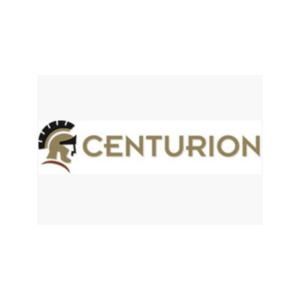


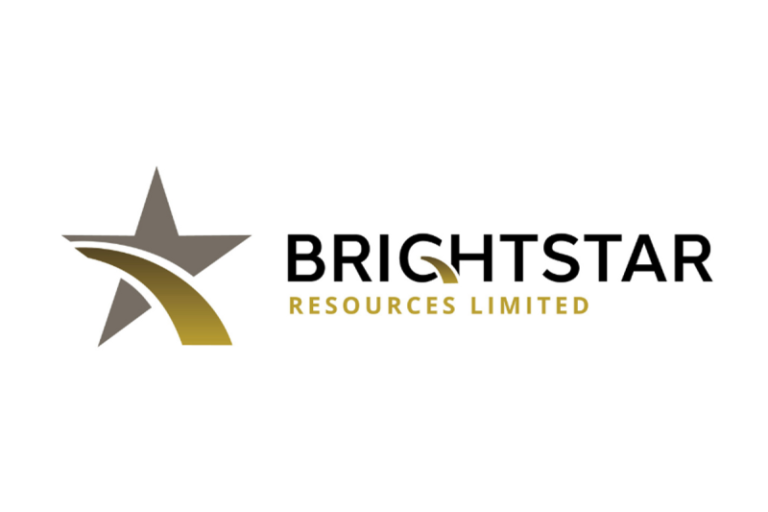
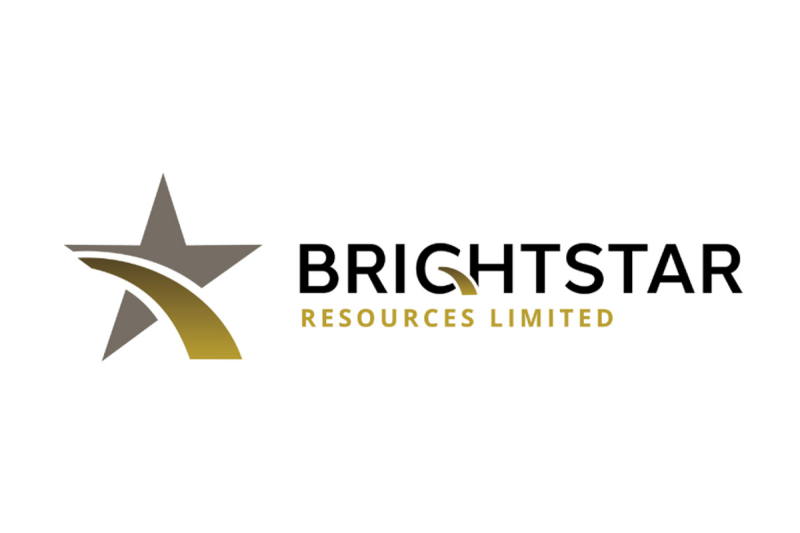
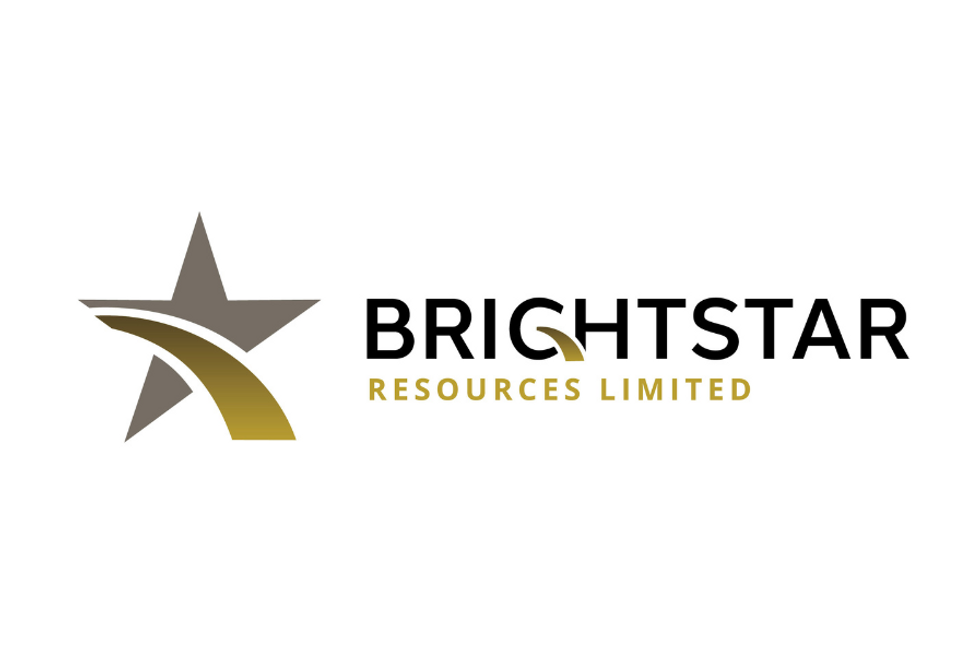 Brightstar Resources (BTR:AU) has announced Sandstone exploration drilling returns 157m @ 1.13g/t Au
Brightstar Resources (BTR:AU) has announced Sandstone exploration drilling returns 157m @ 1.13g/t Au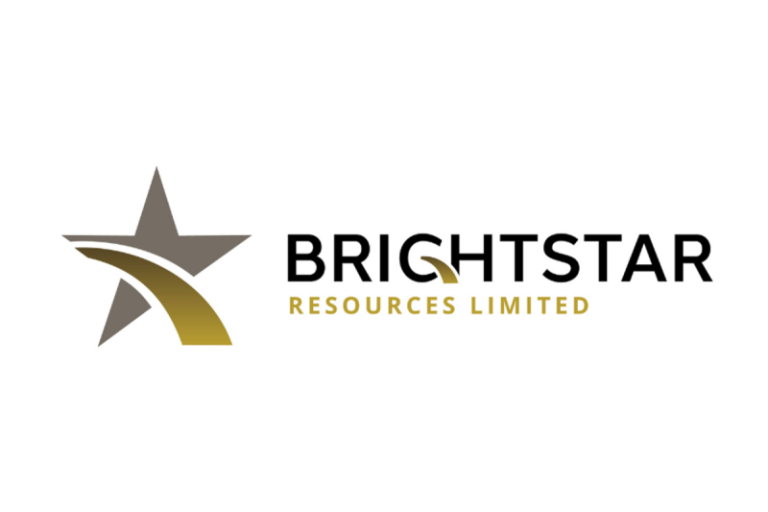
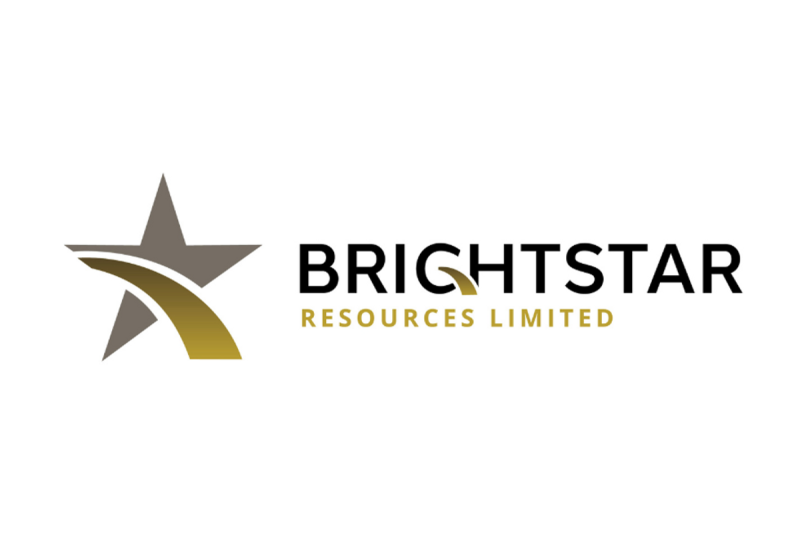

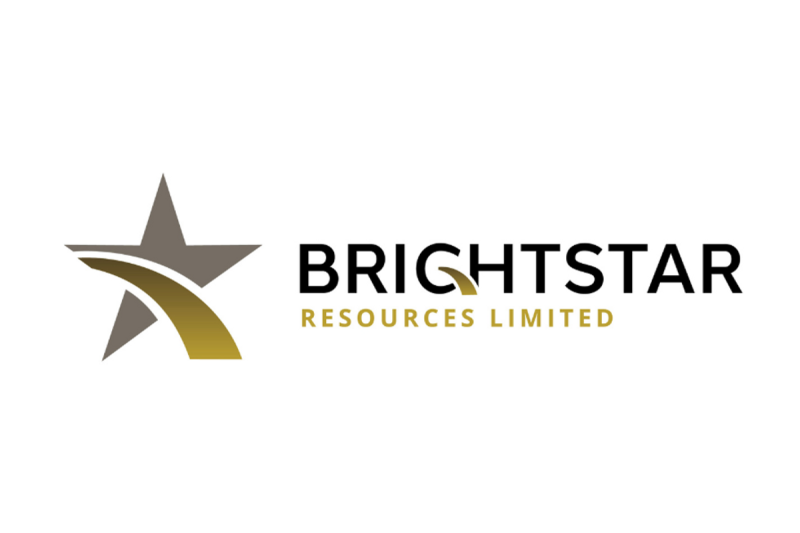
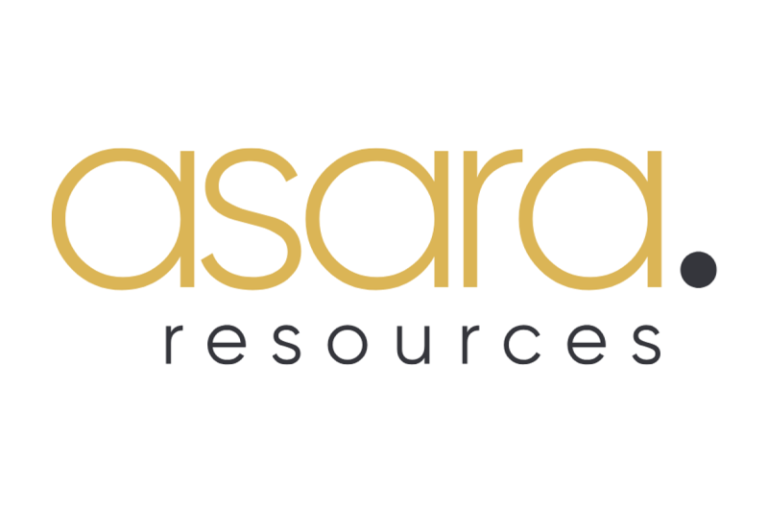
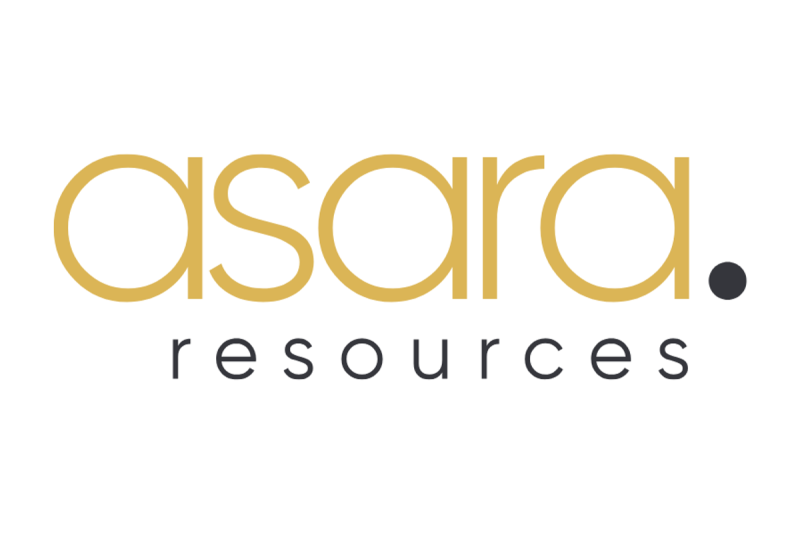
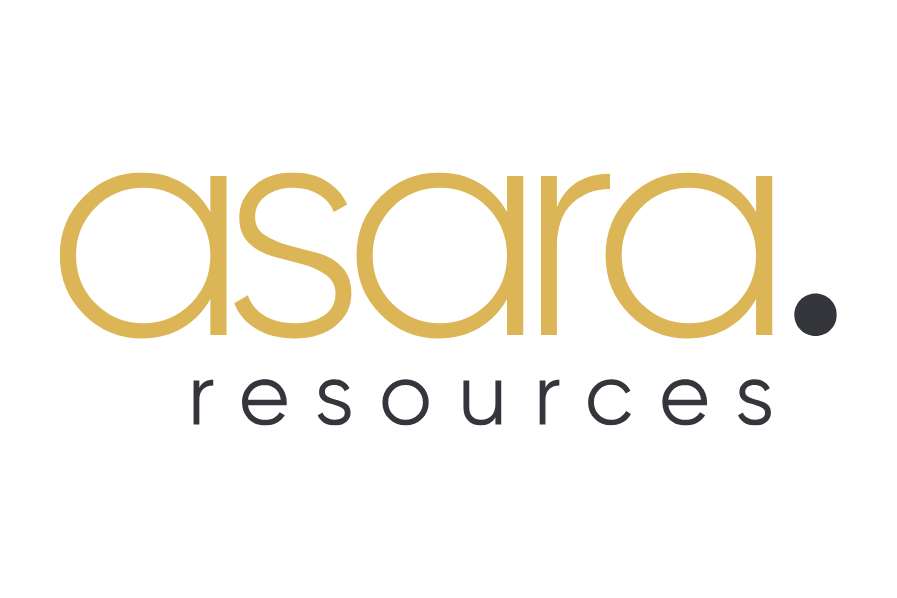 Asara Resources (AS1:AU) has announced Asara Expands Kada Gold Project
Asara Resources (AS1:AU) has announced Asara Expands Kada Gold Project



